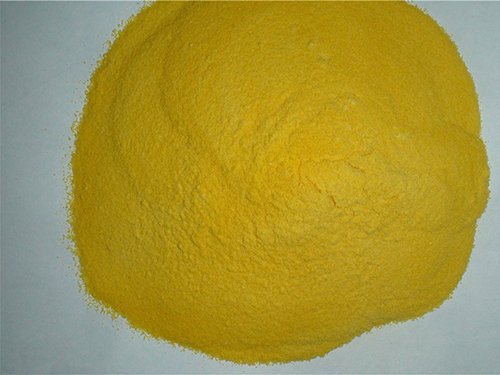Understanding the Benefits and Applications of Polyacrylamide Flocculants in Water Treatment
Polyacrylamide Flocculant An Overview
Polyacrylamide (PAM) is a synthetic polymer widely utilized in various industries, primarily for its flocculating properties. This versatile compound plays a crucial role in water treatment, soil stabilization, and numerous applications across different sectors. Understanding its composition, properties, and applications is essential for leveraging its benefits effectively.
Composition and Types
Polyacrylamide is formed by the polymerization of acrylamide, a colorless, odorless chemical that can be hazardous in its monomer form. The polymer itself is non-toxic and is available in various forms, including anionic, cationic, and non-ionic types. The choice of PAM type depends on the specific application and the characteristics of the materials involved in the process.
- Anionic Polyacrylamide This type carries a negative charge and is often used in sewage treatment and mineral processing. It effectively helps in aggregating tiny particles in suspensions due to its electrostatic nature.
- Cationic Polyacrylamide Cationic PAM has a positive charge, making it suitable for applications where negatively charged particles need to be flocculated, such as in the paper industry and in municipal wastewater treatment.
- Non-Ionic Polyacrylamide As it does not carry any charge, non-ionic PAM is utilized in various applications, including the clarification of industrial effluents and the mining sector, where it helps in the separation of minerals from slurries.
Mechanism of Flocculation
Flocculation is the process by which fine particulates agglomerate into a floc or a cluster, making them easier to remove from a liquid. Polyacrylamide contributes to this process by bridging the gaps between particles through entanglement and charge neutralization, significantly enhancing sedimentation rates in wastewater treatment processes.
When PAM is added to a suspension, its long chains interact with particles in the solution, leading to the formation of larger aggregates. These aggregates can then be efficiently removed by sedimentation or filtration, resulting in clearer water and reduced contaminants.
polyacrylamide flocculant

Applications in Water Treatment
The application of PAM in water treatment is one of its most significant uses. In municipal wastewater treatment plants, PAM helps to improve the efficiency of sludge dewatering processes. By enhancing the flocculation of solid waste, it reduces the volume of sludge generated and increases the quality of the treated effluent.
In industrial water treatment, polyacrylamide plays a vital role in the clarification of process water, encouraging the removal of suspended solids. This process not only improves water quality but also recycles valuable resources, contributing to sustainability in manufacturing and production.
Soil Stabilization and Agriculture
In agriculture, PAM is often employed for soil stabilization and erosion control. It enhances the structure of soils, promoting water infiltration and retention, which is particularly beneficial in arid regions. By reducing runoff and sediment loss, PAM contributes to better crop yields and sustainable farming practices.
Environmental Considerations
Despite its numerous benefits, the use of polyacrylamide does raise environmental concerns. Proper handling and application are essential to minimize risks associated with residual acrylamide, which is a known neurotoxin. Regulatory guidelines dictate allowable levels of PAM in treated water to safeguard public health and ecosystems.
Conclusion
Polyacrylamide flocculant serves as a crucial component in a variety of applications, particularly in water treatment and agriculture. Its ability to enhance flocculation processes promotes better water quality and resource management, making it invaluable in addressing environmental challenges. However, responsible usage and adherence to environmental regulations are essential to mitigate any potential risks associated with its use. By leveraging its benefits while ensuring safety, industries can significantly contribute to sustainability efforts and improve overall operational efficiency.
-
Water Treatment with Flocculant Water TreatmentNewsJun.12,2025
-
Polymaleic AnhydrideNewsJun.12,2025
-
Polyaspartic AcidNewsJun.12,2025
-
Enhance Industrial Processes with IsothiazolinonesNewsJun.12,2025
-
Enhance Industrial Processes with PBTCA SolutionsNewsJun.12,2025
-
Dodecyldimethylbenzylammonium Chloride SolutionsNewsJun.12,2025





